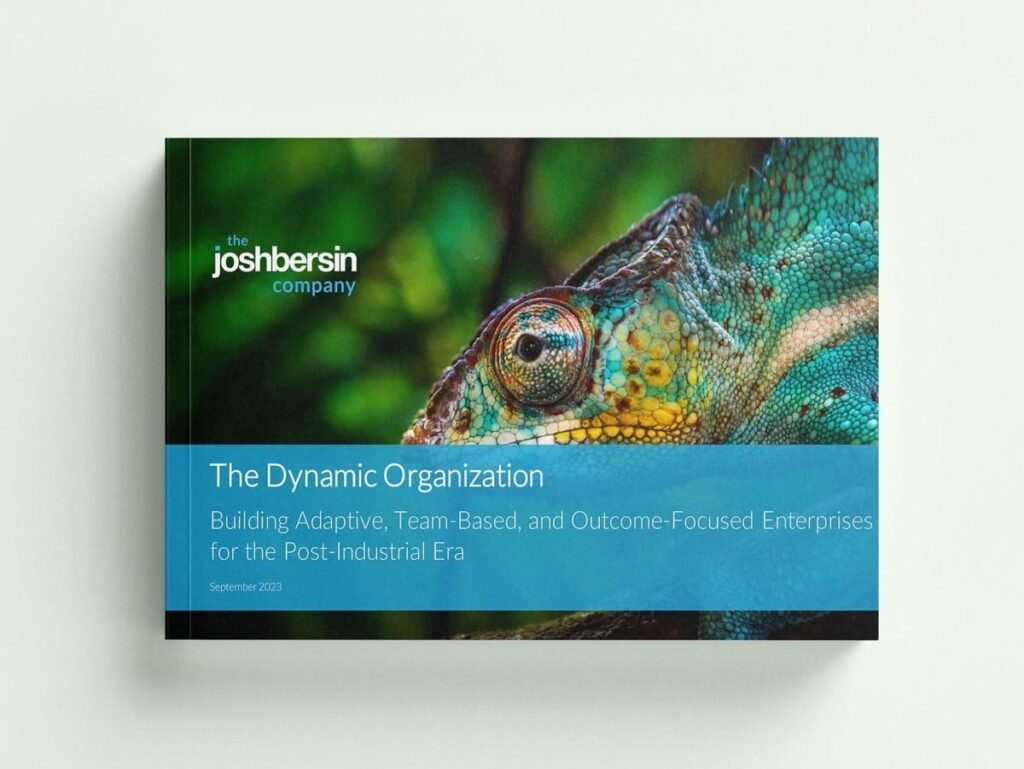Embracing the future of work: understanding the growing contingent workforce
Understand the pros and cons associated with relying on independent employees

When it comes to talent management trends, contingent work is one movement that’s not going out of style anytime soon. 65% of organizations plan on upping their reliance on freelance employees and contractors within the next two years.
Staffing contingent workers—or people who work at a company without being hired as a full-time employee—offers several advantages. Organizations can avoid some of the costs associated with bringing full-time employees on board, while contingent workers benefit from increased flexibility and autonomy.
While the rise of the contingent workforce can be good news for both employers and employees, managing freelance workers comes with a handful of challenges. Fortunately, with the right tools and frameworks, leaders can effectively oversee contingent workers and ensure their businesses reap all the benefits this type of employment has to offer.
What is the meaning of contingent workforce?
The contingent workforce is a labor pool that’s not permanently employed by an organization. Instead, these are freelancers, independent professionals, or temporary contract workers who are hired on an on-demand basis. These workers provide their services on a temporary or project-based arrangement.
The evolution and current trends of the contingent workforce
While the phrase “contingent worker” was once primarily used to refer to temporary workers employed by a third party such as a temp agency, the term has now taken on a much broader meaning. Today, it encompasses all workers who aren’t employed in a traditional model, including contractors, freelancers, and seasonal workers.
Mckinsey’s research reveals that contingent working is on the rise, with 36% of employed survey respondents—equivalent to 58 million Americans—identifying as independent workers. This indicates a sharp uptick from the previous survey conducted in 2016, during which time just 27% of respondents considered themselves contingent workers. Overall, independent workers are more optimistic, both about their own futures and the future of the economy. More than one-third of contingent workers say that in 12 months they expect to have more economic opportunities, versus just one in five full-time employees who express a similar sentiment.
Another key shift that’s taking place within contingent workforces is that more people are taking on freelance work in a full-time capacity versus supplementing a more traditional job with it. Only 20% of people say they took on gig work for discretionary income, 20 percentage points lower than McKinsey’s 2016 results. This change indicates that independent work is becoming a more serious pursuit for more people.
What are the pros and cons of managing contingent workers?
In order to determine whether contingent workers are right for your organization, it’s important to understand both the positive and negative impacts of this type of employment. Pros and cons include:
Pros
#1. Flexibility
Utilizing contingent workers enables organizations to dynamically reassess business needs on an ongoing basis. Rather than relying on a fixed number of employees with a finite amount of skills, leaders can tap contingent workers to get high-priority projects across the finish line without committing to employing them full-time. If a business experiences a surge in demand during one time of the year, leaders can employ contingent workers during this peak season and press pause when things slow down.
#2. Adaptability
Working with contingent workers makes it easy to shift gears and take on new priorities as challenges emerge. Leaders can decide to stop working with one group of contingent workers if their organization decides to take their products or services in a different direction. They can also hire additional independent workers as needed to support whatever new priorities rise to the top of their company’s agenda.
#3. Save time and money
Hiring contingent workers helps businesses cut costs, especially in the short term, since these people won’t require health insurance or other benefits that full-time employees are entitled to such as PTO and 401ks. The employee lifecycle also looks different for freelancers, meaning leaders can avoid many of the expenses associated with recruiting and hiring talent.
It’s generally faster to onboard contingent workers and get them up to speed. While onboarding full-time employees takes a minimum of three months, contingent workers only need to learn about specific tasks and systems so this process can be accelerated.
#4. Access in-demand skills
Employing contingent workers enables leaders to tap into larger external talent pools, making it easier to ensure they can access the in-demand skills their organization needs to execute high-priority tasks. For skills that are rapidly rising in importance, such as AI-related competencies, tapping into independent workers can help leaders access talent that may not be available to work for their organization on a full-time basis.
Cons
#1. Training challenges
Contingent workers bring specialist knowledge to the table, but there’s a risk that it will leave when they do. As skills shortages become more severe, leaders must ensure their workforce is developing the capabilities they need to push their organizations forward.
Rather than letting contingent workers serve as a quick fix for knowledge gaps, leaders should simultaneously prioritize upskilling and reskilling initiatives to develop their talent internally. By making an effort to capture the takeaways from projects that contingent workers are involved in, executives can ensure their full-time workforce gains new expertise.
#2. Cultural fit
Without sustained effort, contingent workers may feel like outsiders. If freelancers aren’t included in company meetings and events they might not see themselves as part of the team. As a result, their morale and productivity may take a serious hit over time. To prevent this from happening, leaders should strive to incorporate their freelancers into their company culture as much as possible by extending invitations to events and virtual team-building activities.
#3. Communication challenges
Since contingent workers don’t have as much time to adopt a company’s culture and values, miscommunications between full-time employees and freelancers can often occur. To add another layer of complexity to the equation, contingent workers may not be working in the same time zone or during the same hours as the peers they’re collaborating with.
Without a strategic approach to contingent workforce management, misinterpretations and lag times will continue to build. To avoid this, leaders must clearly outline their expectations for contingent workers and the deadlines associated with various projects.
#4. Compliance and security risks
Generally, the more a contingent worker interacts with full-time employees, the more support HR and managers will need to provide. For example, a seasonal employee who works in a retail or office space will need to be given access to the work site and briefed on in-person working protocols, while someone freelancing remotely won’t need this guidance. HR and hiring managers should assess any potential security risks associated with bringing freelancers on board as well as giving them access to the systems they’ll need to get up to speed.
The future of contingent work
Our Post-Industrial era of work is hallmarked by ongoing disruptions—making it the perfect environment to employ contingent workers. In fact, when we collaborated with The Josh Bersin Company to identify what sets top-performing businesses apart, we found that the most successful companies—or what we refer to as Dynamic Organizations—often rely on contingent workers.
These companies use AI-powered technology to balance the entire workforce ecosystem, including freelance and gig workers. They create a strategy and execute on a range of workforce segments, including traditional employment, contractors, and consultants. Dynamic Organizations often harness talent marketplaces to facilitate career mobility across multiple open projects and opportunities, as well as skills intelligence tools to gain visibility into their entire workforce’s capabilities and the knowledge gaps they may need freelancers to fill.
Now that contingent workers are increasingly part of the talent ecosystem, check out The Dynamic Organization to uncover the role gig work should play in your strategy, based on research we conducted with The Josh Bersin Company.





